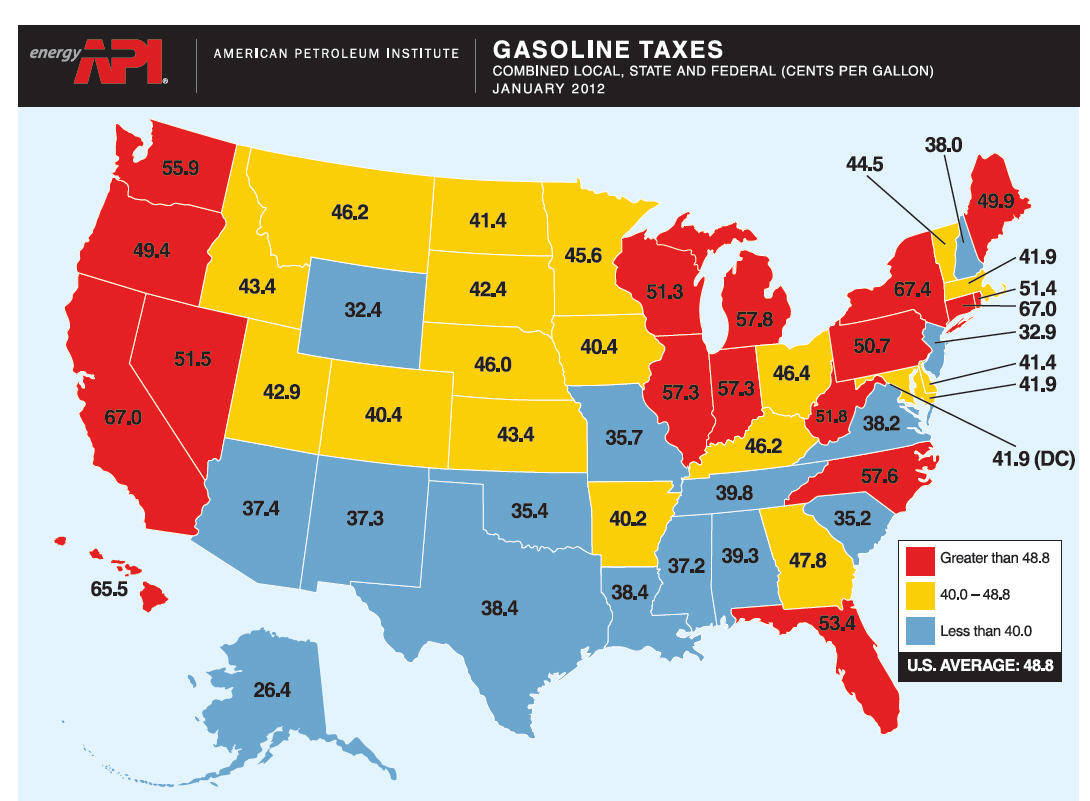With the lifting of many of the restrictions on domestic oil drilling (and fracking) in America, the impact of American oil and natural gas on the world market has grown. Today Reuters posted an article about the impact of American energy on the global oil market.
The article reports:
Surging shale production is poised to push U.S. oil output to more than 10 million barrels per day – toppling a record set in 1970 and crossing a threshold few could have imagined even a decade ago.
So what does this mean?
The article explains:
The economic and political impacts of soaring U.S. output are breathtaking, cutting the nation’s oil imports by a fifth over a decade, providing high-paying jobs in rural communities and lowering consumer prices for domestic gasoline by 37 percent from a 2008 peak.
…“It has had incredibly positive impacts for the U.S. economy, for the workforce and even our reduced carbon footprint” as shale natural gas has displaced coal at power plants, said John England, head of consultancy Deloitte’s U.S. energy and resources practice.
The article notes that in an attempt to stop American energy development, OPEC (Organization of the Petroleum Exporting Countries) tried to discourage shale production of oil in America by flooding the market with oil (Saudi Arabia also played a role in financing movies and advertising containing misinformation about fracking).
The article notes:
The cartel of oil-producing nations backed down in November 2016 and enacted production cuts amid pressure from their own members over low prices – which had plunged to below $27 earlier that year from more than $100 a barrel in 2014.
Shale producers won the price war through aggressive cost-cutting and rapid advances in drilling technology. Oil now trades above $64 a barrel, enough for many U.S. producers to finance both expanded drilling and dividends for shareholders.
The article also mentions American oil exports:
Efficiencies spurred by the battle with OPEC – including faster drilling, better well designs and more fracking – helped U.S. firms produce enough oil to successfully lobby for the repeal of a ban on oil exports. In late 2015, Congress overturned the prohibition it had imposed following OPEC’s 1973 embargo.
The United States now exports up to 1.7 million barrels per day of crude, and this year will have the capacity to export 3.8 billion cubic feet per day of natural gas. Terminals conceived for importing liquefied natural gas have now been overhauled to allow exports.
That export demand, along with surging production in remote locations such as West Texas and North Dakota, has led to a boom in U.S. pipeline construction. Firms including Kinder Morgan and Enterprise Products Partners added 26,000 miles of liquids pipelines in the five years between 2012 and 2016, according to the Pipeline and Hazardous Materials Safety Administration. Several more multi-billion-dollar pipeline projects are on the drawing board.
Energy independence is important for America. Total energy independence will have a very positive impact on our foreign policy. Because tyrannical regimes in the Middle East have traditionally controlled the oil supply to the rest of the world, western countries have been required to support governments they should not be supporting in order to keep the oil flooding. Russia is another country that has used its pipelines to Europe as a way to control certain European countries. Energy independence will give America a degree of freedom we have not had for a long time. Hopefully we will use that freedom wisely.




